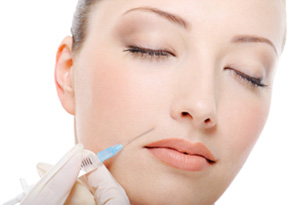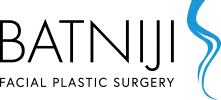The History of Facial Fat Grafting and the Modern Advent of Dermal Filler Injections

Though fat redistribution technique shave been available since the late 19th century, it was not until the 1980s that the popularity of the injectable fillers grew as more modern methods became available. With the advent of liposuction proceduresa decade prior, doctors began to realize the extracted fat could be reused in other areas of the body. Today, this often secondary cosmetic procedure is known as autologous fat grafting.
When the fat is redistributed to the face from the patient’s own body, it will not be rejected and carries a substantially lower risk of infection. Fat is also a naturally occurring tissue, which is considered a safe alternative to those who are not candidates for cosmetic injections for various reasons, including sensitivity to the products used. Filler materials such as Restylane, Perlane, Juvederm, and Radiesse all contain or mimic naturally-occurring molecules of the body, but are synthetic derivatives.
The fillers containing hyaluronic acid are sometimes referred to as nutricosmetics, as they not only improve the look of the skin, but also positively impact the molecular structure of the organ. This type of dermal filler has been available for cosmetic use since 1996, though the injections were used medically before this. Just over a decade ago, many of these injections were deemed safe by the FDA to undergo for anti-aging treatments of lines and wrinkles.
Though there are a number of benefits to undergoing facial fat injections, the results may not be as consistent as those delivered through injectable fillers. Fat must be supported by the ingrowth of capillaries, which will create permanent changes within the face. If this growth does not occur, the results may be short lived.
Dermal filler sessions are undergone on a regular basis, and tend to create more predictable changes to features. The gel consistency is manufactured to remain in place for a certain amount of time before being reabsorbed into the body. On the contrary, if a patient wishes for the results of injectables to reversed, this is possible with the hyaluronic acid formulas. Though injected fat may also be eliminated through steroid injections and other means, the process may produce uneven results with the risk of affecting fat that existed prior to the grafting procedure.
Though fat injections may be a great add-on procedure if a patient is already undergoing liposuction, such as the case of neck lift surgery where extra fat is sucked away through a microcannula, it may be costly to undergo an autologous fat transfer as a standalone procedure. Dermal injections are inexpensive in comparison, but must be repeated every 6 to 24 months in most cases.
Rami K. Batniji, M.D., F.A.C.S. of Batniji Facial Plastic Surgery in Newport Beach, California, is an expert in cosmetic facial procedures. During a doctor-patient consultation, patients have the opportunity to learn more about the fat transfer procedure as well as cosmetic injection sessions so they can make an informed decision. The doctor will also thoroughly examine the patient to create the most customized treatment plan possible. This efficiency leads to a long-term solution to individual patient’s cosmetic needs. The doctor is currently accepting new patients at his Southern California office, which can be reached at (949) 650-8882. If you prefer to contact the doctor’s office via email, you can do so through the Contact Us form.

